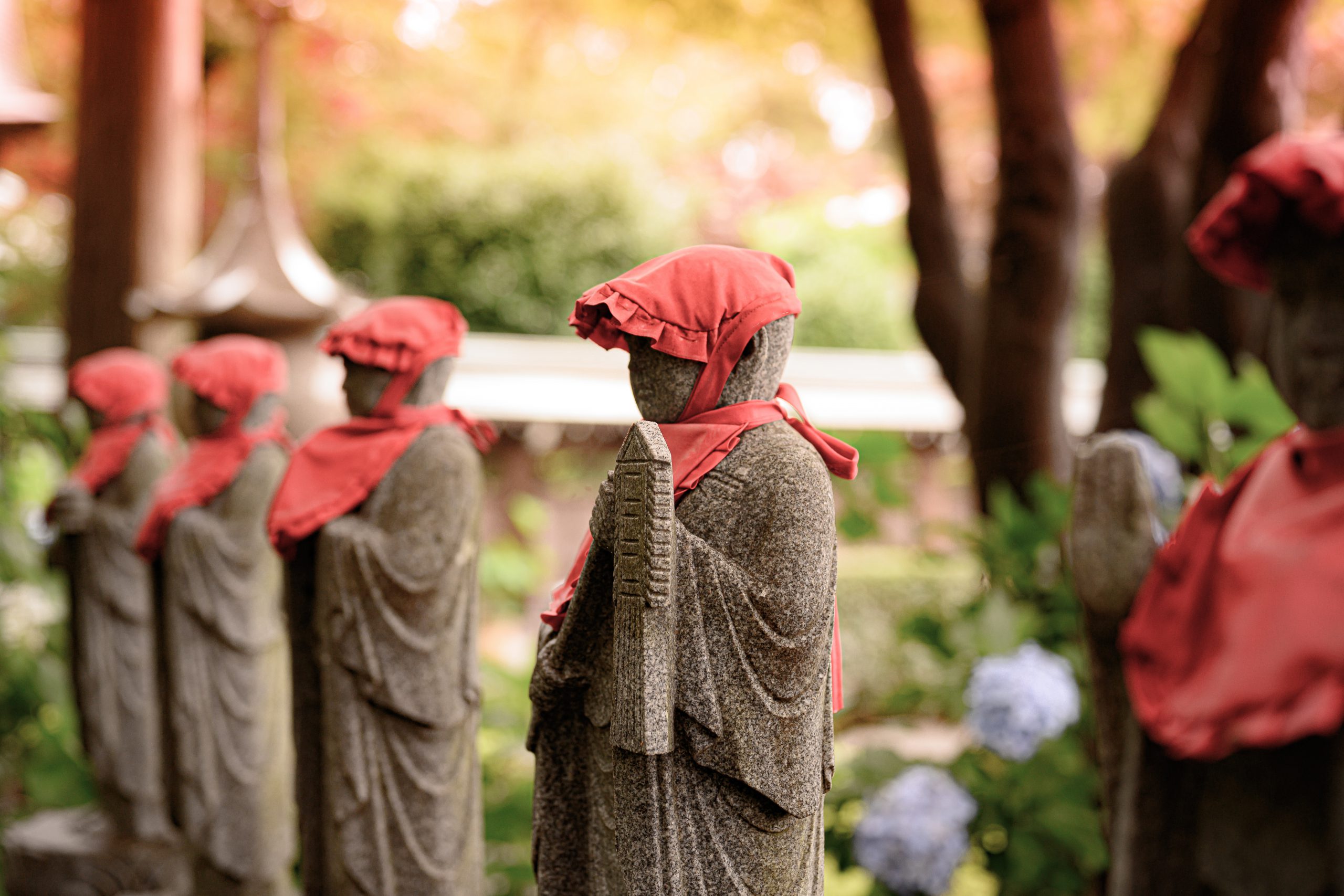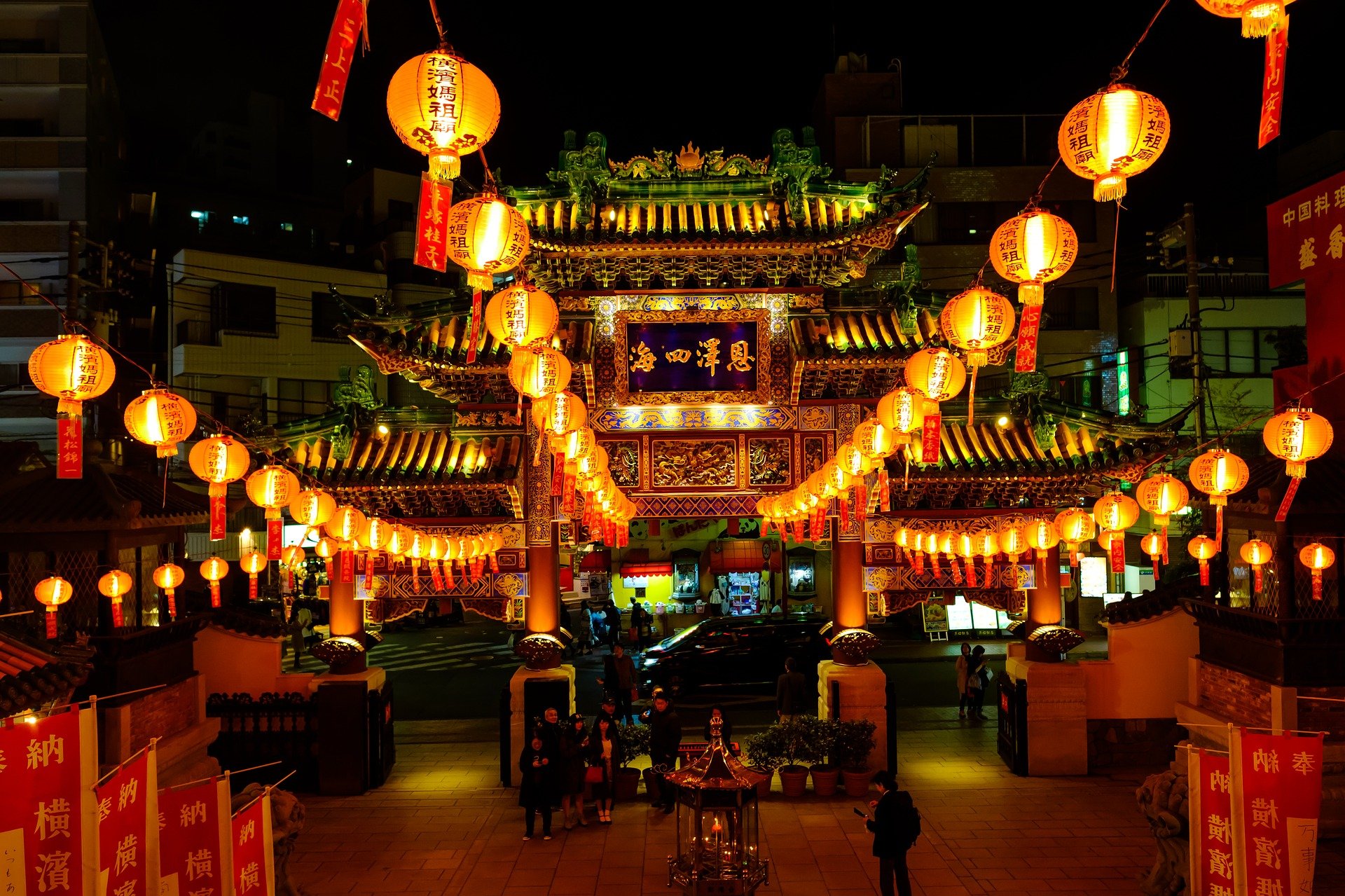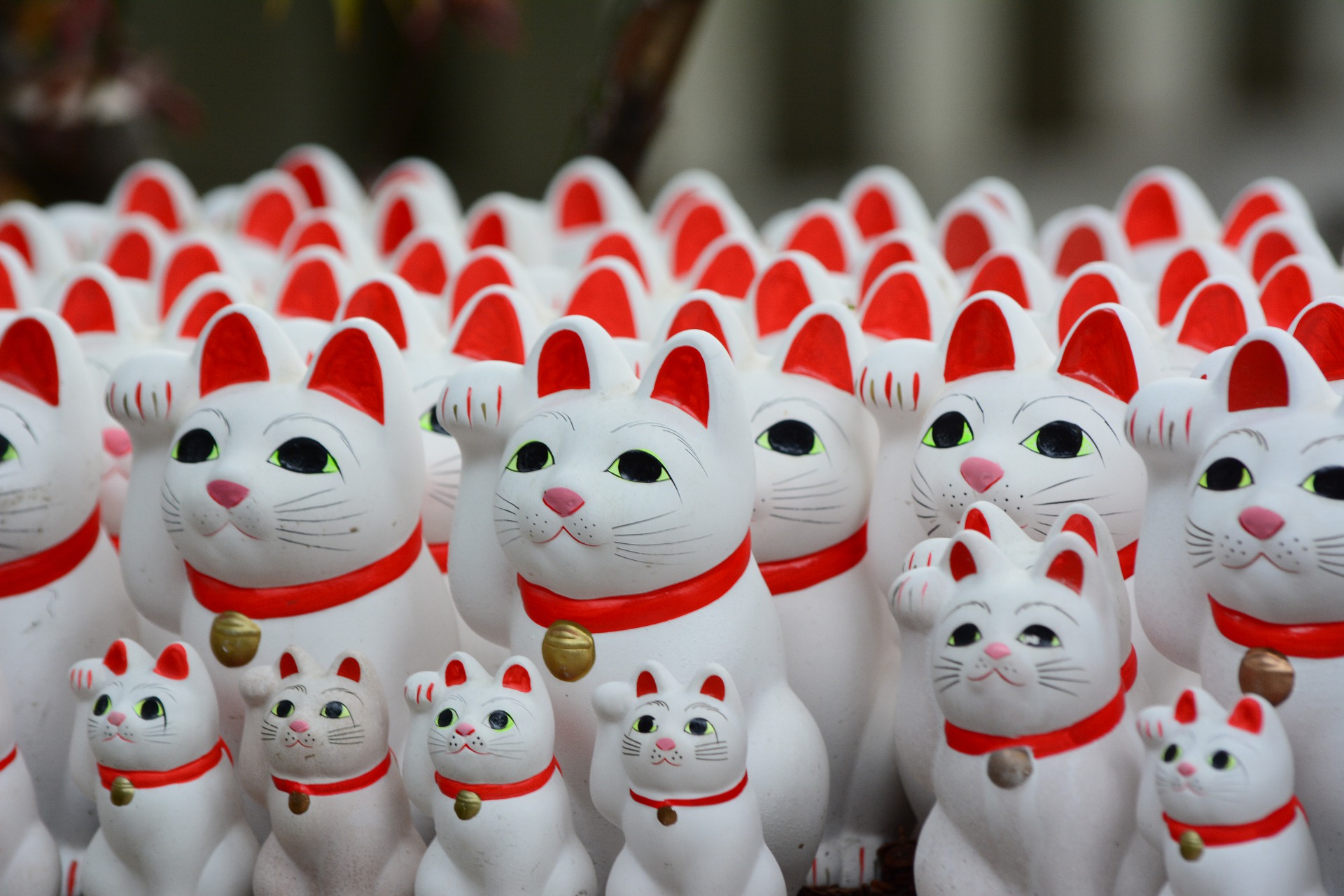Have you seen the cute-looking Jizo statues before? There are a lot of Jizo statues in Japan but not many (foreign) people know what they are and wonder why they are found on the street. They even appear in Japanese films such as “Tonari no Totoro (My Neighbor Totoro)” from Studio Ghibli. In this article, we briefly introduce what Jizo statues are, and some famous temples where you can see unique Jizo statues in Japan.
What is a Jizo statue?
The statues resemble Jizo, also called O-Jizo-san or O-Jizo-sama, the guardian deity of children and travelers. Jizo statues can be made of clay, and bronze but are mostly carved out of stone. They can be found in many places, for example, at Buddhist temples, graveyards, and on the side of the road.
What’s the role of Jizo statues?
The primary role of Jizo is to protect children. Jizo also protects the souls of unborn babies and children who have died before their parents. In Japanese beliefs, the souls of children who died before their parents passed away, cannot cross the river to the afterlife. The Jizo appears to protect these children from devils and hide them in his clothing from the evil spirits. Jizo then looks after them as a guardian on behalf of their parents.
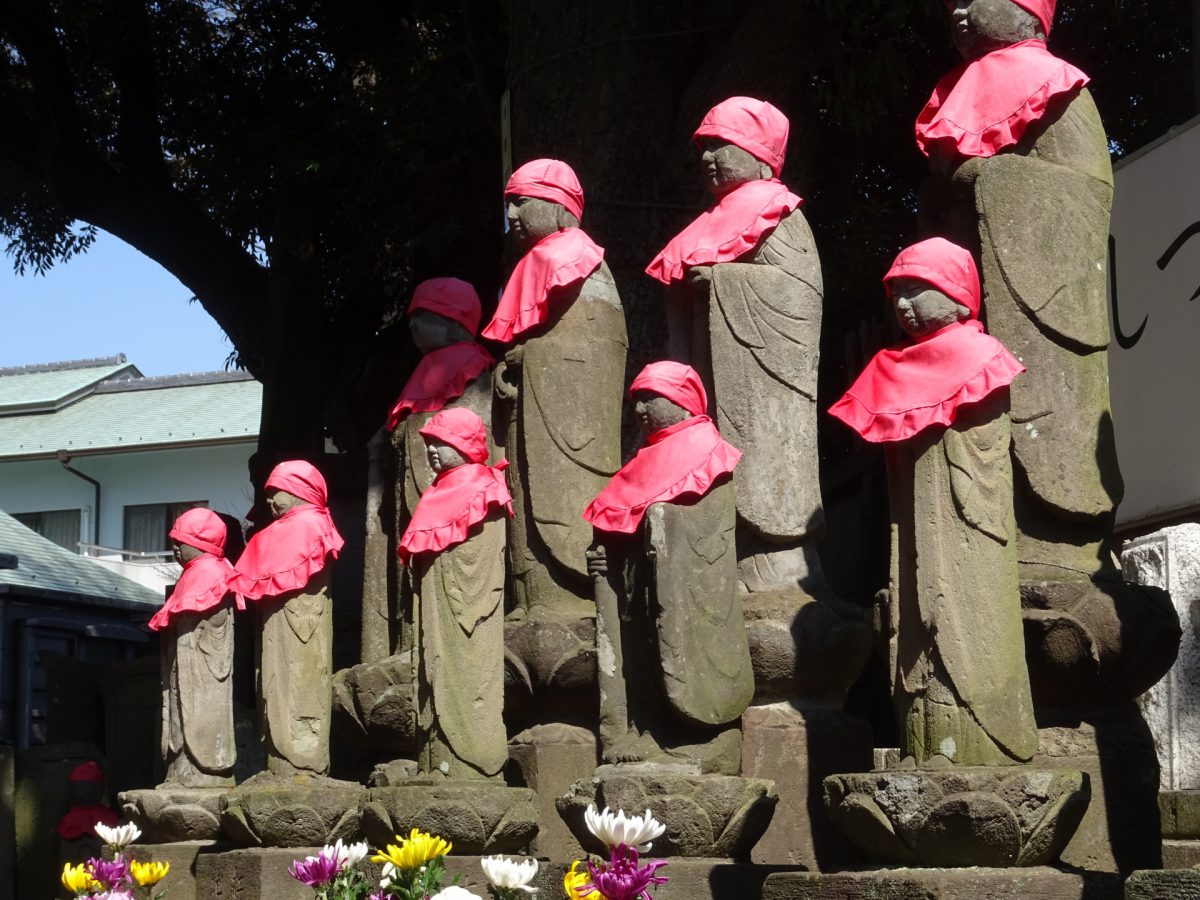
Why are they wearing red bibs?
Many Jizo statues wear red bibs and hoods. Since ancient times in Japan, red has been believed to ward off evil. Thus, some people put red bibs and hoods on Jizo to protect this guardian deity, and others who have lost their baby pray that the spirits can go to heaven without suffering.
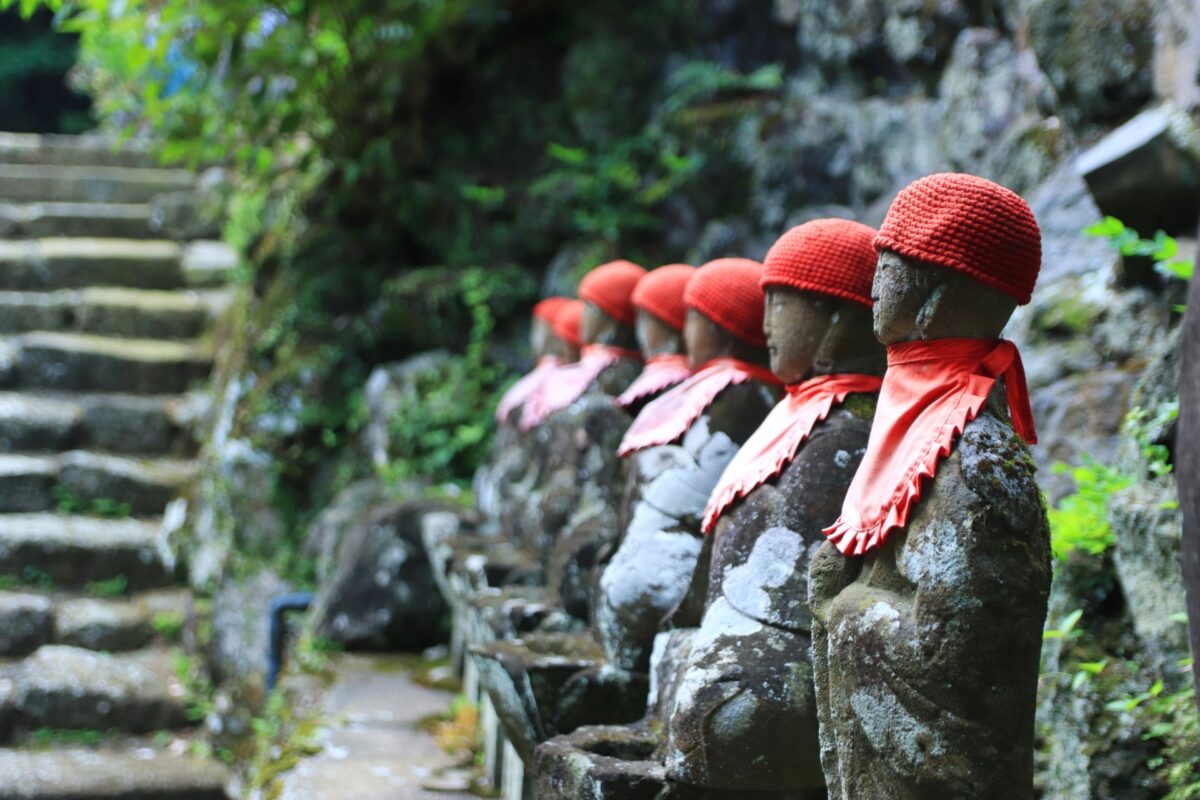
Dōsojin – a guardian of travelers
The other role of Jizo is to protect travelers. This tradition is derived from the ancient belief of Dōsojin, a deity that protects travelers, and generally, it is in the shape of a couple. The statues of Dōsojin were placed on mountain pathways, crossroads, and at the borders of villages.
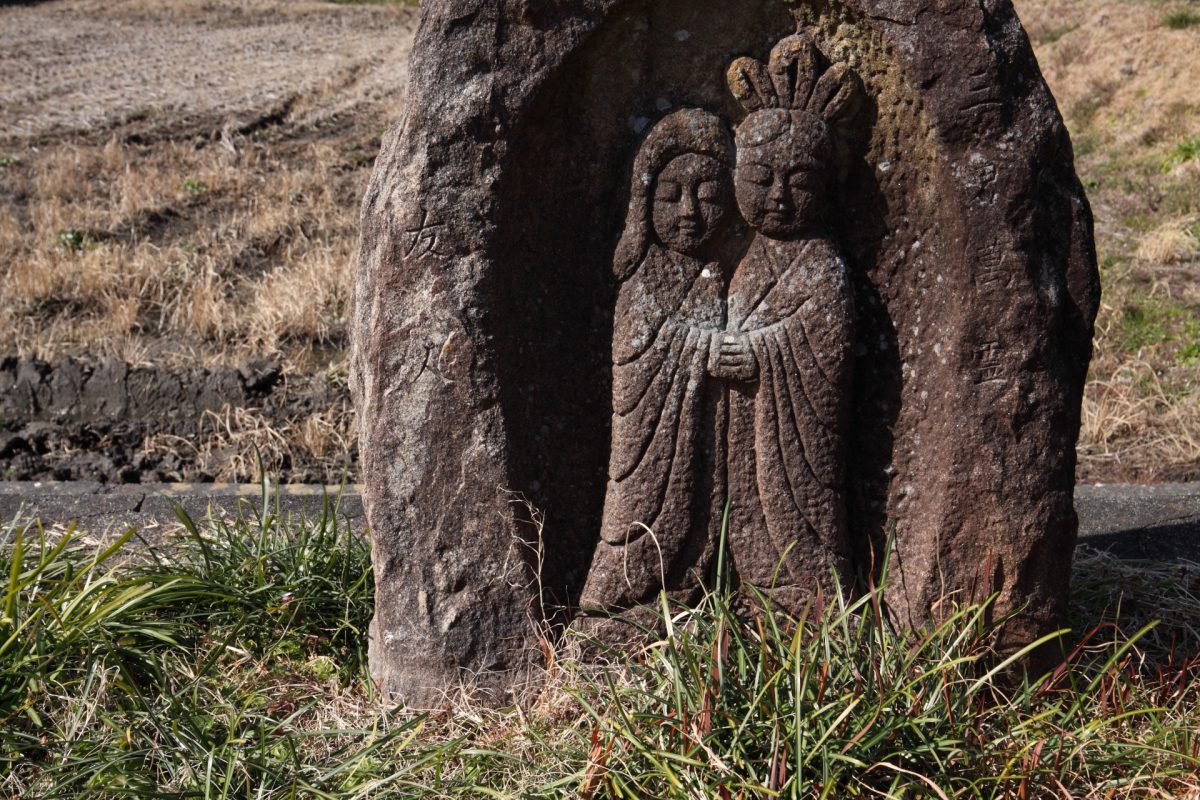
Now we will introduce some of the famous places where you can find Jizo statues in Japan.
Where to find Jizo statues in Japan
1. Hasedera Temple
Hasedera or Hase Temple is located in Kamakura in Kanagawa Prefecture founded in 736. The eleven-headed statue of Kannon, the goddess of mercy, is a famous attraction at the temple. This statue, which can be seen in the main temple building, is 9.18 meters tall and is one of the biggest wooden sculptures in Japan. The temple has the Jizo-do Hall where you can find a large number of Jizo statues called Sentai Jizo or Thousand Jizo standing in long rows. Mizukake Jizo (water-pouring Jizo) is placed near the hall as well. It is believed that one can purify one’s mind by gently pouring water over the statue.
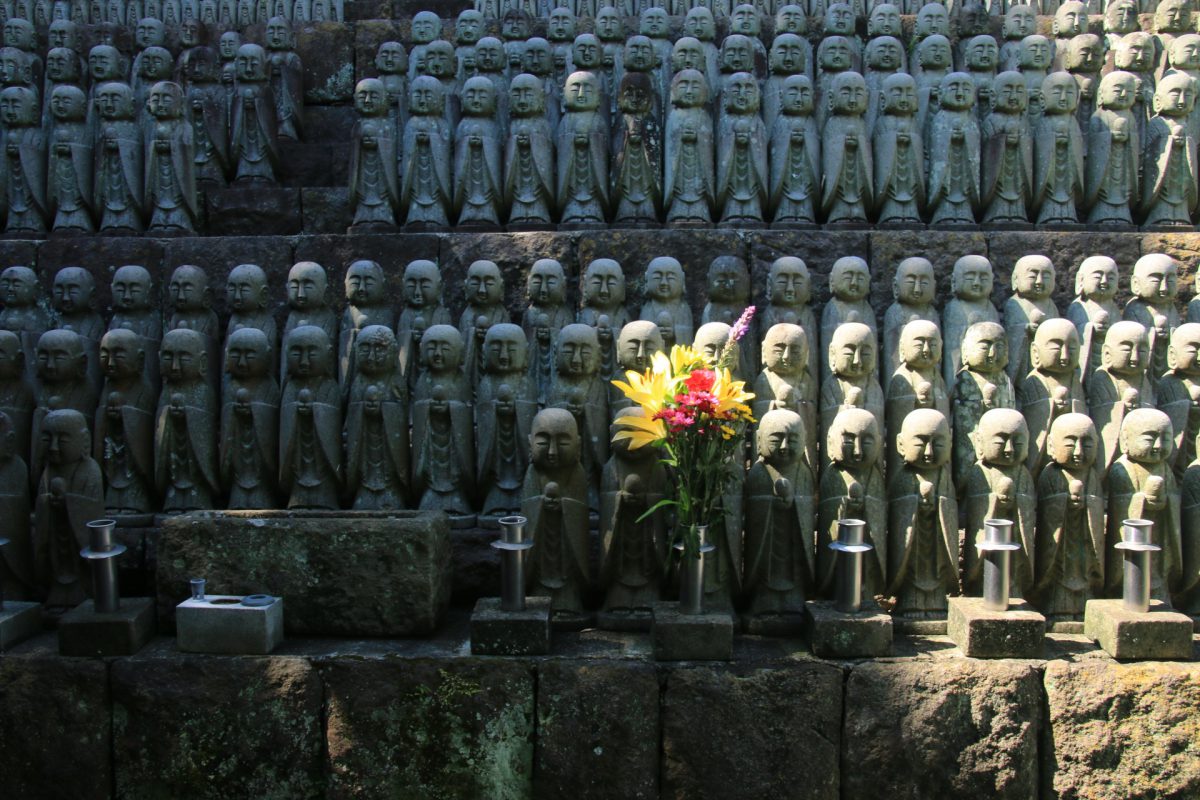
Hasedera is also famous for the adorable-looking Ryoen Jizo. You can spot these three smiling Jizo statues at three different spots and it is said that if you can find all of them, you will have a good relationship.
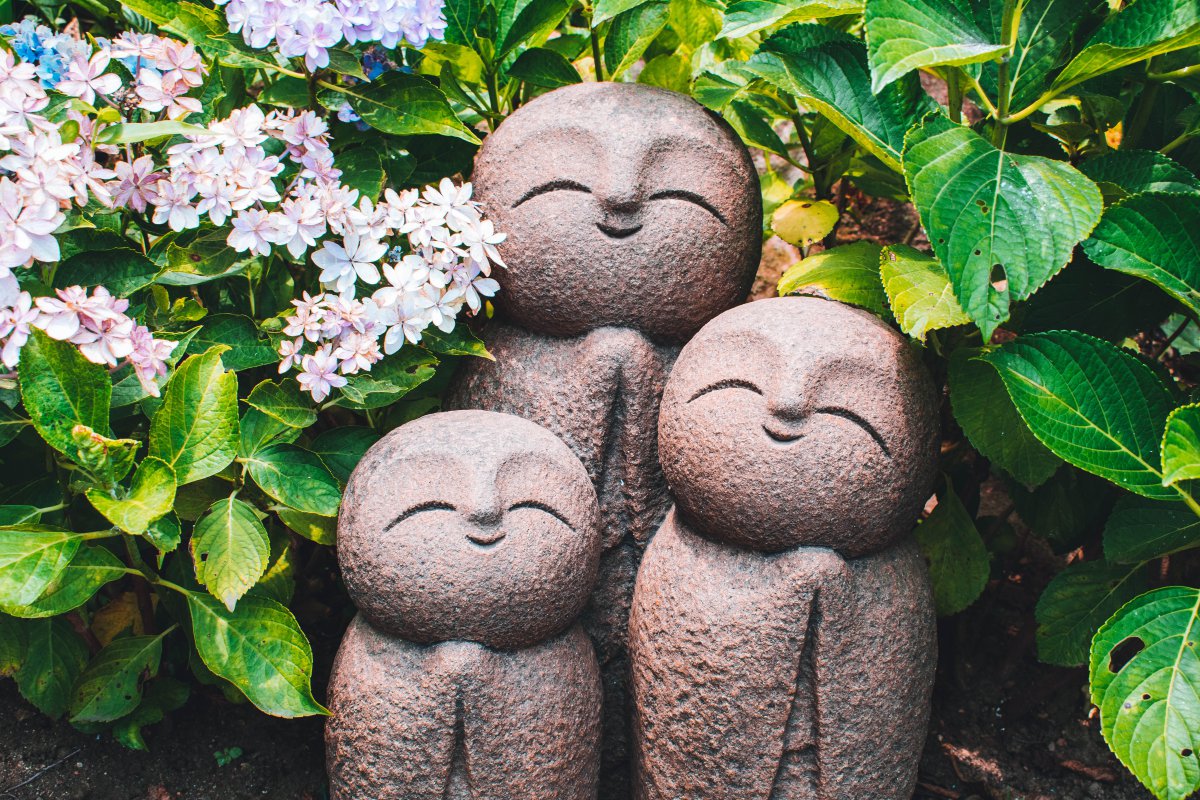
Access
From Kamakura Station, take the Enoden railway line, and get off at Hase Station. The temple is a 5-minute walk from the Hase Station.
2. Daisho-in Temple
Daisho-in Temple is located in Itsukushima (also known as Miyajima) in Hiroshima Prefecture. In Itsukushima, most people just visit the famous Itsukushima Shrine and the vermillion torii gate which seems to float in the ocean when the tide is high. However, Daisho-in is also worth visiting for its rich history and uniqueness.
Daisho-in Temple has situated only a 5-minute walk from Itsukushima Shrine. It is the 14th temple in the Chugoku 33 Kannon Pilgrimage. The temple was founded in 806 by the monk Kukai, who was the founder of the Shingon sect of Buddhism.
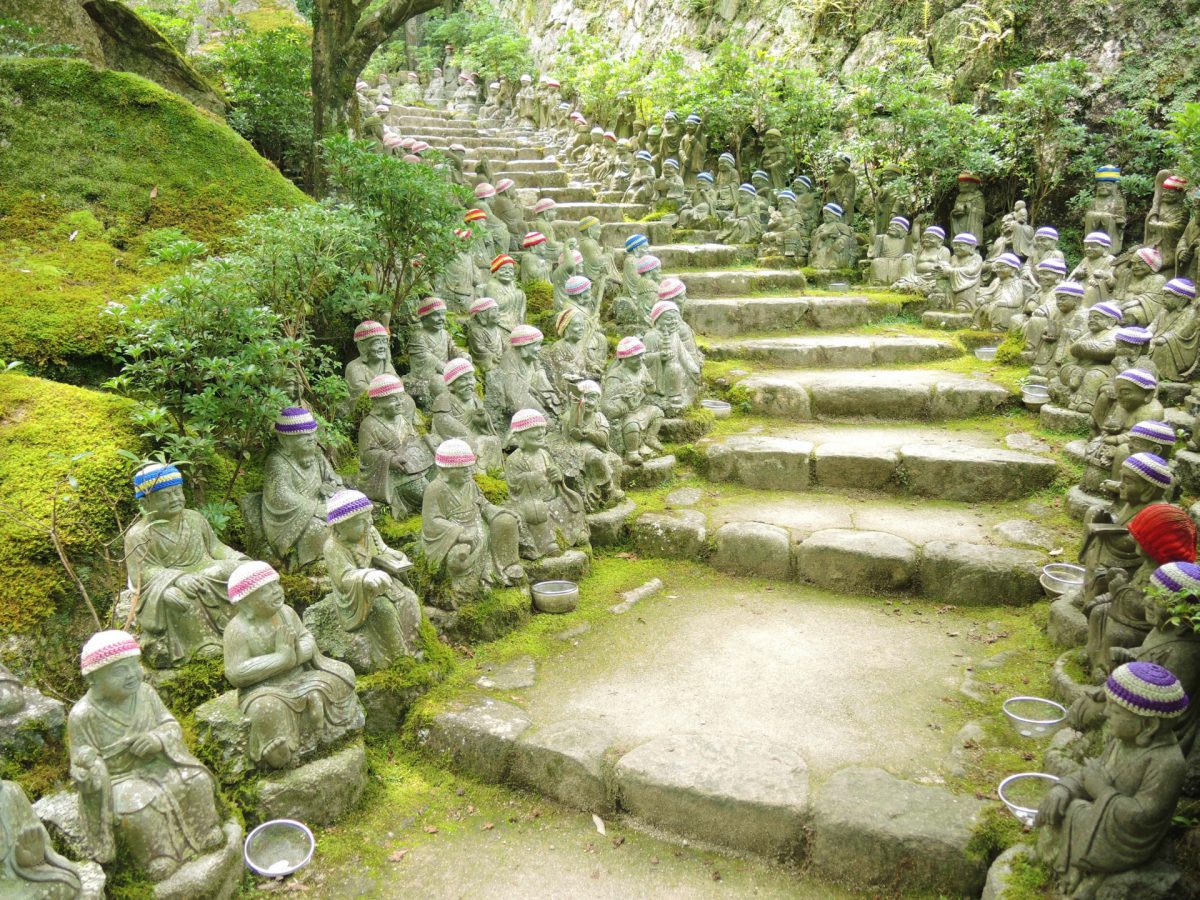
As you enter the temple grounds, you will find hundreds of statues of Jizo in many different shapes and sizes and different facial expressions, creating the site totally mysterious and unique. Some Jizo statues stand as a group of three and pose like “hear no evil, see no evil, speak no evil”, whereas others can be even in the shapes of famous Japanese cartoon characters.
Access
5-minute walk from Itsukushima Shrine, or 15-minute walk from the ferry pier on Itsukushima.
One day trip to Miyajima
3. Zojo-ji Temple
Founded in 1393, Zojo-ji Temple is the head temple of the Jodo sect of Buddhism in the Kanto Region. The temple is located in central Tokyo, right next to Tokyo Tower. The temple was relocated to the present site in 1598 when Tokugawa Ieyasu, founder of the Tokugawa shogunate, entered Edo (Tokyo) in 1590 and made this temple as the family temple of the Tokugawa family. Due to the earthquake and wars in the past, the main entrance gate which was built in 1622 is the only original construction on the site today.
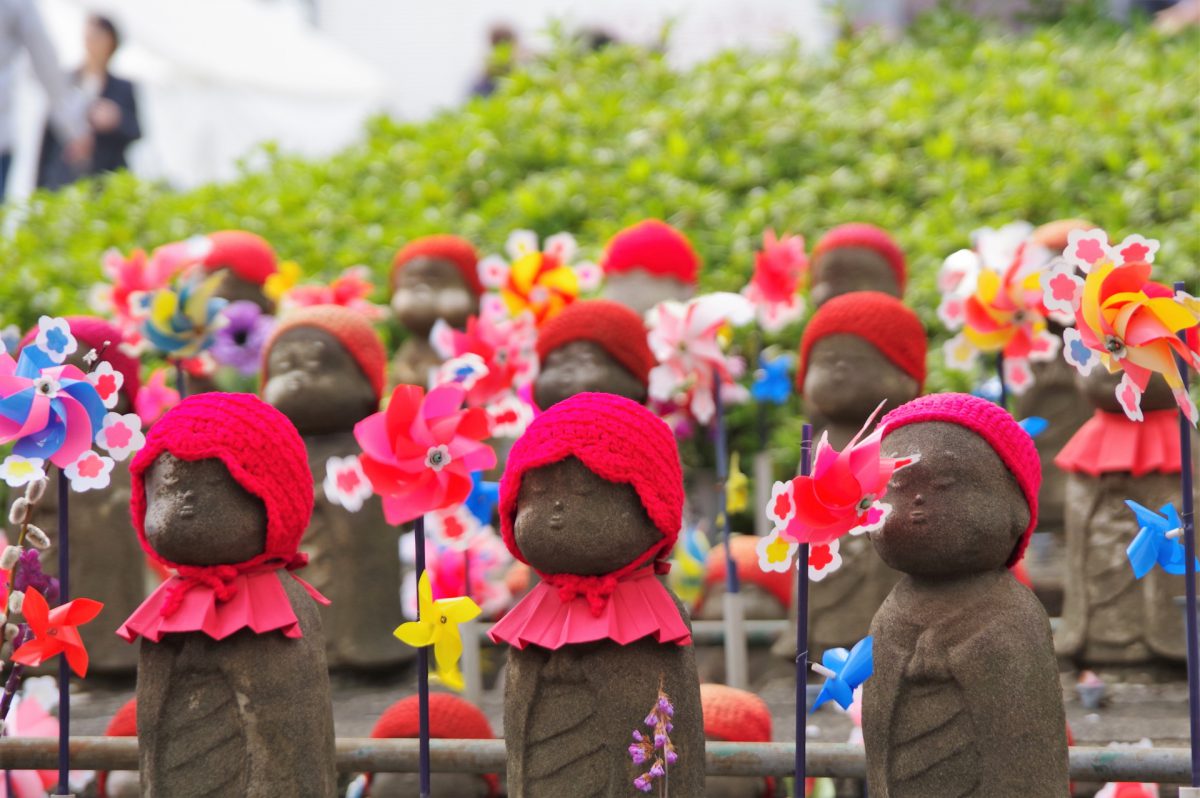
On the northern end of the temple ground, you will find Sentai Kosodate Jizoson which literally means “a thousand child-nurturing Jizo ”. There are about 1,300 Jizo statues wearing red hoods and holding pinwheels. Parents who wish for their children’s health and parents whose children have passed away donate Jizo statues here and take care of them.
Access
10-minute walk from Onarimon or Shibakoen Station on the Mita Subway Line, Daimon Station on the Oedo Subway Line, and Hamamatsucho Station on the JR Yamanote and JR Keihin-Tohoku Line.
4. Sanzen-in Temple
Sanzen-in Temple can be found in the town of Ohara, which is about an hour north of central Kyoto. The temple was originally established as a hermitage by the monk Saicho in the early 9th century when he founded Enryakuji Temple on Mount Hiei in the Shiga Prefecture. Sanzen-in Temple is one of the five Tendai Monzeki temples, in which certain members of the imperial family served here as the head priest.
The temple consists of several temple buildings, gardens with a small pond and hill, and walking paths. It offers a tranquil atmosphere and beautiful sceneries all year round. Do not miss the view of the Ojo Gokuraku-in Hall seen from the main hall called Shiden through maple and cedar trees across a moss garden.
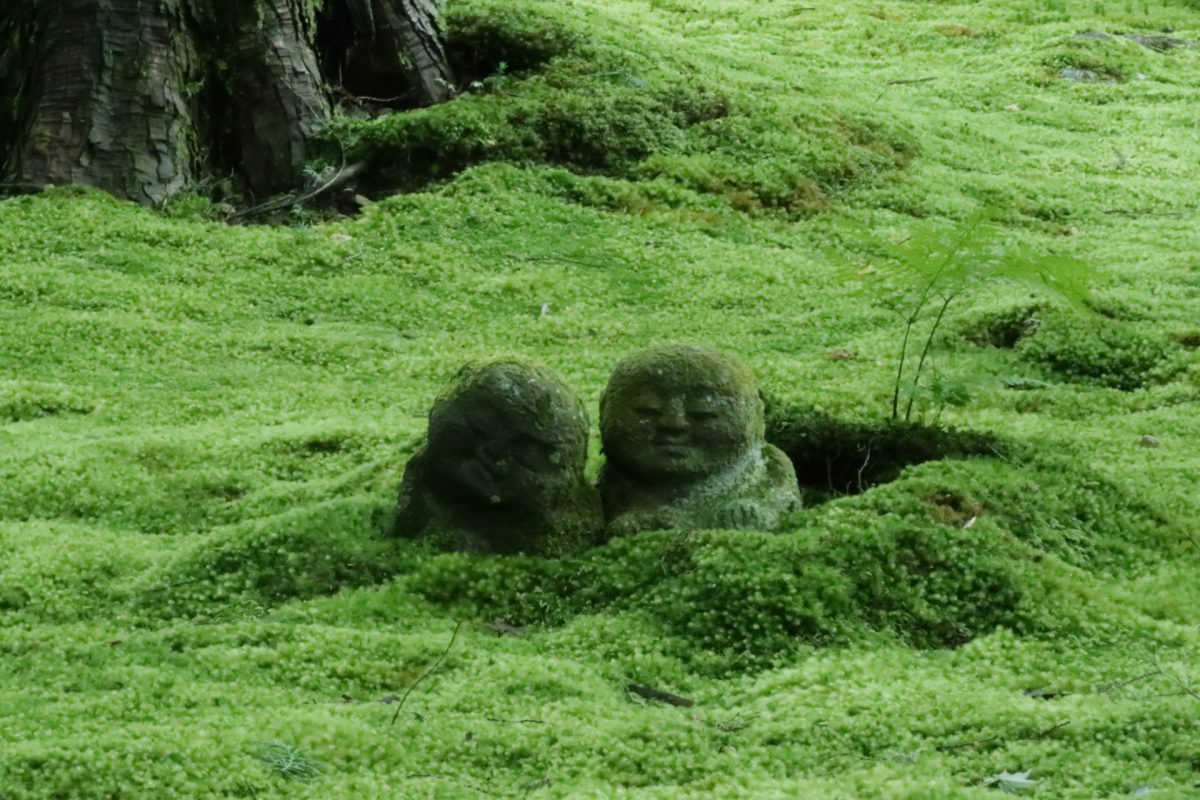
One of the features of the temple that attracts visitors is the Jizo statues peeking out from the moss-covered ground. Some of them are small and placed relatively far from the walking paths, so you have to look carefully to find them. There are people who visit the temple to take pictures of the amusing and cute Jizo statues.
Access
From Kyoto Station, take a bus route 17 bound for Ohara (1 hour), get off at Ohara bus stop, and walk for about 10 minutes.
5. Rooftop of Ginza Mitsukoshi
There’s the jizo statue that you can find at the very unique spot. Ginza Shusse Jizo is placed on the 9th floor of Ginza Mitsukoshi, one of the most traditional and popular department stores in Tokyo. Shusse means promotion in Japanese and it comes from the story that this jizo statue used to be placed on the street but it was “promoted” to the rooftop of the center of Ginza. It’s believed that it has a benefit for success in business and many people visit the jizo statue to pray for the promotion as well as students who wish to pass the entrance exams. The big jizo statue that would catch your eyes immediately is actually an avatar of the real one, and the actual Shusse Jizo is placed next to the big one, inside the small hall and usually is hidden.
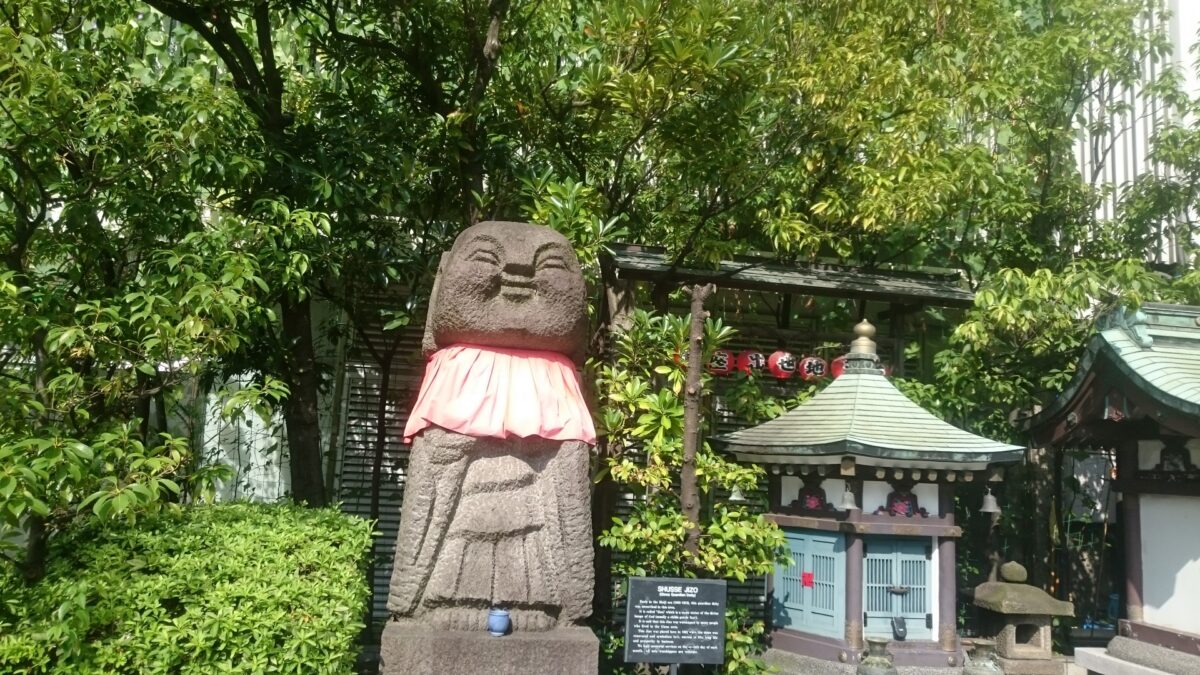
Access
Direct access from Ginza Station (Tokyo Metro Ginza, Marunouchi and Hibiya Line)
Japan Wonder Travel Tours
Japan Wonder Travel offers the best-guided tours all over Japan. We operate various kinds of exciting tours ranging from food and drink tours to private walking tours. We can also arrange your trip upon your request. Some of our standardized tours are:
- Kamakura Private Walking Tour
- Tokyo 1-Day Highlights Private Walking Tours
- Kyoto Private Full Day Walking Tour
- Find more tours in Japan
Follow us on Instagram or Facebook for more travel inspiration. Or tag us to get featured!
Happy traveling!
Stay informed of the best travel tips to Japan, the most exciting things to do and see, and the top experiences to have with the Japan Wonder Travel Newsletter. Every week we will introduce you to our latest content.
Other articles you might like



